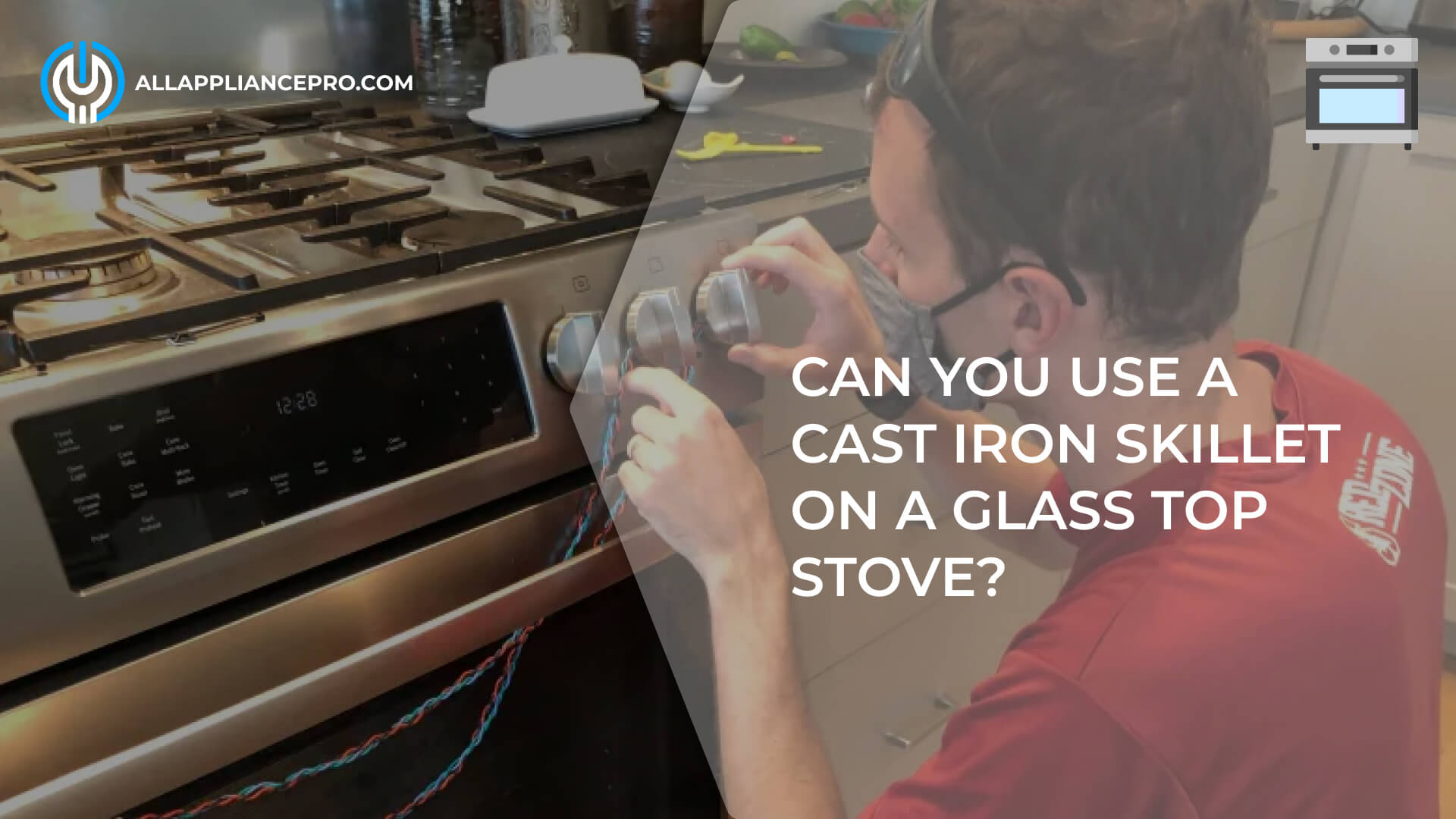Can You Use a Cast Iron Skillet on a Glass Top Stove?

The debate surrounding the compatibility of cast iron cookware with glass top stoves has left many home chefs wondering if they can utilize their beloved cast iron skillets without causing any harm. Glass top stoves offer a sleek and modern appearance to kitchens, but they come with specific requirements for cookware. In this article, we will explore whether using a cast iron skillet on a glass top stove is a viable option and provide you with essential guidelines to follow.
The Concerns
Glass top stoves, also known as ceramic glass cooktops, are sensitive to uneven heat distribution and can be susceptible to scratches or cracks. Cast iron cookware, known for its exceptional heat retention and even heating, is often deemed problematic due to its weight and potentially abrasive surface.
The Verdict
Yes, you can use a cast iron skillet on a glass top stove, but with some important considerations. The key is to exercise caution and adhere to specific guidelines to prevent damage to both your cookware and your stove.
Dos and Don'ts
1.Do Lift and Place: When moving a cast iron skillet on or off a glass top stove, lift it gently instead of sliding it. Dragging the heavy skillet can scratch the surface of the stove. To maintain the longevity of your glass top stove, ensure that there is no direct contact between the rough underside of the skillet and the glass.
2.Don't Drop or Slam: Avoid dropping or slamming the cast iron skillet onto the glass top stove. The impact from such actions can cause cracks or fractures in the glass surface, leading to potential safety hazards and costly repairs.
3.Do Preheat Carefully: Gradually preheat your cast iron skillet on a low to medium setting. Rapid and extreme temperature changes can lead to thermal shock, potentially damaging the glass. Begin by heating the skillet at a lower setting and gradually increasing the heat to your desired level.
4.Don't Slide: Refrain from sliding the cast iron skillet across the glass surface. Even small movements can result in scratches that compromise the aesthetics of your glass top stove. To avoid this, lift the skillet when you need to reposition it.
5.Do Monitor Weight: Be mindful of the weight of your cast iron skillet, especially if it is filled with food. Excessive weight concentrated on a small area can increase the risk of cracking the glass top. Consider using lighter alternatives for extremely heavy dishes.
6.Don't Drag: Never drag the skillet while it contains food, as the coarse bottom surface of cast iron can scratch the glass. To prevent any potential scratching, lift the skillet and gently place it where needed.
7.Do Maintain Cleanliness: Keep the bottom of your cast iron skillet clean and free from any debris or residues that could scratch the glass surface. Regular cleaning and maintenance are crucial to prevent unwanted scratches during cooking and moving.
8.Don't Use Excessive Force: While cooking, avoid using excessive force when stirring or flipping food. This caution will not only prevent scratches but also help you maintain the pristine appearance of your glass top stove.
In conclusion, using a cast iron skillet on a glass top stove is indeed possible, provided that you follow these guidelines meticulously. By taking precautions to prevent scratches, cracks, and temperature shocks, you can enjoy the benefits of cast iron cooking without compromising the integrity of your glass top stove. Remember that care and mindfulness are essential for a harmonious cooking experience that preserves the longevity of both your cherished cookware and your valued appliance.


